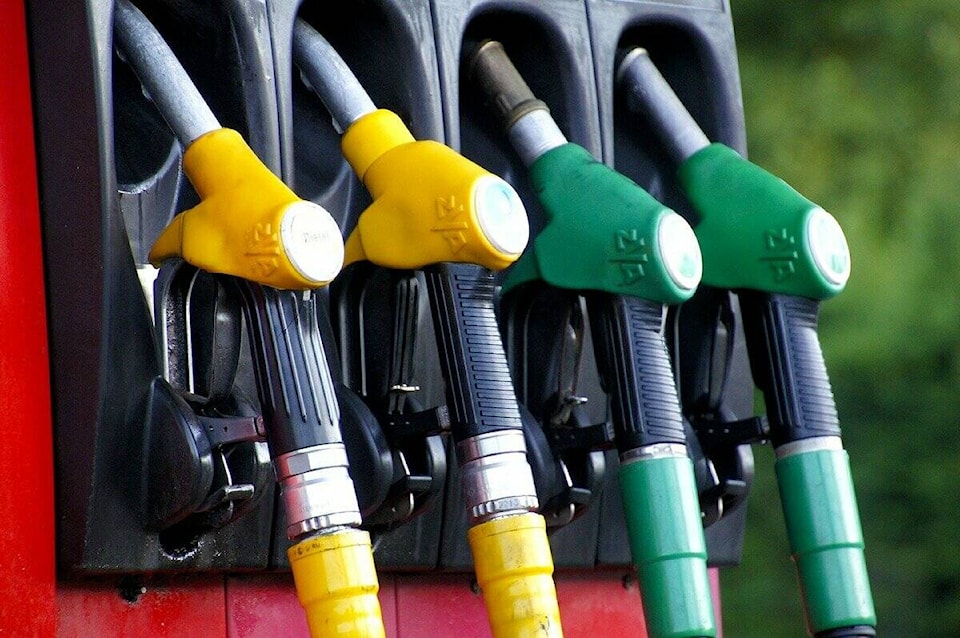March saw Yellowknife’s consumer price index (CPI) rise by 6.9 per cent in comparison to one year ago, marking the largest annual increase for the city since May 1991, according to Statistics Canada.
In comparison to other Northern communities, annual prices increased by 6.1 per cent for Whitehorse and 3.7 per cent for Iqaluit.
At 6.7 per cent nationally, the inflation of the CPI was the highest in Canada since January 1991, which also came in at 6.7 per cent.
For most provinces, gasoline was cited as the main contributor to soaring costs. However, in Yellowknife, fuel oil and other fuels were the primary driver, with gasoline not too far behind.
Fuel oil in the city increased 43.4 per cent compared to March 2021, resulting in higher prices for shelter, which escalated by 6.1 per cent. Gasoline rates rose by 34.5 per cent in Yellowknife, contributing to the 11.7 per cent increase in transportation.
Food prices rose by 7.1 per cent compared to March 2021, with many products in grocery stores increasing by at least 10 per cent, such as seafood, meat and fruit and nuts.
The annual inflation rate, also released earlier this week, shows how prices change year after year, based on a 12-month average index, ending on March 31.
The 2021-‘22 fiscal year inflation rate for Yellowknife was 3.8 per cent, which marked a decline from the previous year, though it still represents the highest fiscal year inflation rate for the city since 2008-‘09.
Canada’s annual inflation rate rose to 4.4 per cent in 2021-‘22 from 0.7 per cent in 2020-‘21.
